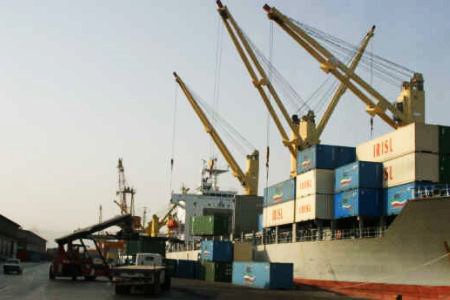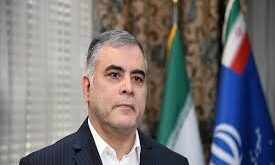The UAE expects its non-oil bilateral trade with China to rise more than 9 per cent this year and reach $58 billion as the two countries sign strategic agreements during the three-day state visit of President Xi Jinping. the economy minister said on Friday.
Chinese investments in the UAE are also expected to increase after reaching nearly $3bn last year as the Asian superpower embarks on implementing its Belt and Road Initiative which is aimed at emulating the economic benefits of the oil Silk Road.
“We are confident our partnership will have a quantum leap leading to prosperity.“ said UAE economy minister Sultan Al Mansoori at the UAE-China economic Forum taking place in Abu Dhabi.
China. the UAE’s top trading partner in 2017. signed on Friday 13 memorandums of understanding and agreements that covered a range of sectors including energy and e-commerce.
Zhong Shan. the Chinese minister of commerce. told the forum that China is keen to boost its trade and investment ties with the UAE as part of the country’s embracing of free trade and globalisation.
“We have common interests and a common stance and we support together free trade and investment.“ said Mr Zhong.
He proposed co-operation between the two countries in three key fields.
Through the Belt and Road Initiative. both countries can bolster their cooperation in infrastructure. create industrial zones. and boost the financial and service sectors as well as facilitate trade and investment.
China. which is seeking a sustainable and long-term supply of crude and its products. wants to continue to work with the UAE to boost co-operation in the energy and renewables sector. He encouraged both countries to co-operate further to boost exploration. production and refining of crude and create added-value products from oil and gas.
The third field of co-operation would be in e-commerce. smart cities. Artificial Intelligence. space and aviation.
The Belt and Road Initiative combines a land “economic belt“ and a “maritime silk road“ that will link China with Southeast. South and Central Asia. the Arabian Gulf. North Africa and then finally with Europe.
The World Bank estimates that it will ultimately encompass 30 per cent of the global GDP. 62 per cent of the world’s population and 75 per cent of currently known energy reserves.
China’s Belt and Road Portal says that the initiative already has the support of more than 100 countries and international organisations. with 50 countries having signed co-operation agreements. while China has built 56 economic and trade zones so far in 20 BRI countries.
 Iran Energy News Oil, Gas, Petrochemical and Energy Field Specialized Channel
Iran Energy News Oil, Gas, Petrochemical and Energy Field Specialized Channel




